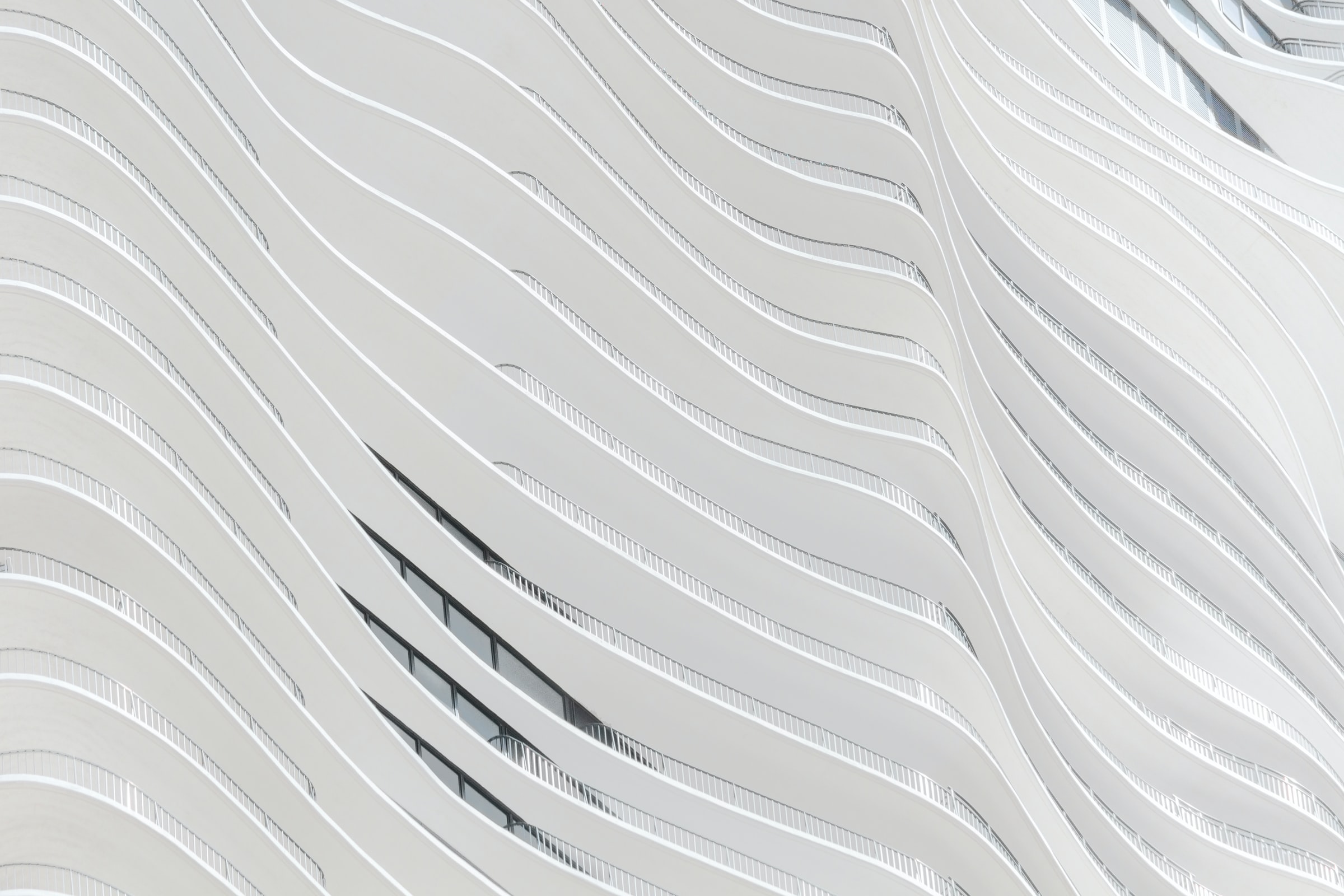In Walt Disney’s 1947 movie “Clown of the Jungle” Donald Duck is out to photograph the tropical birds of the jungle, easier said than done, the extremely annoying Aracuan bird makes his visit a living hell. Captivated by the bird in what becomes a frenzied hunt, Donald reaches his lowest when after having killed the clown, he is tricked into constructing a house for it on its grave, even becoming the working man of the household. When realizing his deed and the incredible survival of his enemy, he violently destroys the whole campsite, including the camera equipment, eventually losing his mind and turning into the Aracuan bird himself.
How could this be? How could the sublime object of Donald’s fascination become his greatest nightmare? And what do we build on top of the problems we face, and who can inhabit these new structures?
In “X-Ray Architecture”, Beatriz Colomina walks us through the history of modern architecture and illustrates its inherent co-development of design, ideology, and health. In the early days of the 20th century Tuberculosis was thought of as a “wet disease” resulting from damp cities. The tuberculosis patients got a place to dry out the inside of their bodies in the sanatoriums that popped up around Europe. White walls without ornament and rooftop terraces became a standard in these buildings, which were thought of as medical equipment in themselves, a public solution to the disease, making fresh air flow, dust be detected, and sun heal the lungs of the urban dweller. The new ideals and ways of building were also extended to private settings and thought of by some as cures to modernity more generally.
Richard Neutra, the constructor of the private “Lovell Health House” in Los Angeles, saw himself as a therapist and his clients as patients. Privatizing the sanatorium dream, he thought of design as a therapeutic defense against the “disastrous effects” of modern life. In the same vein, Paul Sheerbart, another architect, saw modern technologies as both the cause and the cure of illnesses. He described architects as “nerve doctors”, prescribing the calming effect of colored light in buildings as an antidote to the bright light of the city. Sheerbart even speculated on the need for “air-sanatoria”, the need of flying in the sky to deal with the nervous disorders produced by modern traffic. The solution to the modern urban problem of disease Colomina observes produced not only new cures for sick patients but also new healthy measures for the not yet sick ones.
However, the rooftop sunbathing of the patients at the sanatoriums had to be monitored closely by the nurses, if not, the patients would sometimes jump from the balconies. And Neutra, in his obsessiveness with finding the optimal balance of physical and mental health, designed his way to his own burnout. According to Neutras wife, ironically, the stresses caused by the Lovell’s project caused his exhaustion. Paul Sheerbart suffered a nervous breakdown during the first world war and starved himself to death in 1915, apparently in protest for not having taken part in the technological expansions of the war. For him, the antidote to the nervous effect caused by the war itself would have been experiencing the war first hand; him being sidelined became a threat in itself. As Colomina states “‘just thinking’ had indeed provoked his death”…
The World Health Organization (WHO) proposed a new vision for global health earlier this year. Without the necessary teeth in the high political game among nations, it can only propose visions, create dreams and attract funds. Its Emergency Committee’s latest statement “praised South Africa for their rapid identification, and transparent and rapid sharing of information on the Omicron” variant. In its recommendations to the member states phrases like “sharing response experience”, “communicating risks”, “enhance surveillance”, “tracking” and “monitoring” are continuously repeated. All central components in guarding the human-animal-environment interface of what has been known as the “One Health” approach.

The virus has proven to us the extremely complex and entangled nature of existence. A deviant cultural practice, unhealthy farms or badly followed restrictions could cause damage on a global scale. The answer? Monitoring our surroundings and ourselves with the latest evidence based updates. Become your own epidemiologist! And to avoid the unhealthy kind of information download WHO’s “Infodemic Management News Flash” and “reduce its [the infodemic’s] impact on health behaviors during health emergencies”. Monitoring, sharing and handling information have suddenly fallen under the determinants of health, and if you do not comply with the health safety standards you might be the cause of “Disease X”.
Global transboundary threats such as tuberculosis and Sars-CoV-2 redraw the boundaries of our everyday life and our perception of health. Just as with the Jungle clown we can not eradicate diseases, hence, we will have to construct something on its “grave” so to speak. In the information age, it seems as though we will not get the grandiose structures of the sanatorium and engineered airflows, but instead the discrete content of our current status in relation to the dataflows at hand. The people in the days of the sanatorias, patients or not, became increasingly aware of their health and the health promoting effects of their buildings. The sunbathing patient was reincarnated in the healthy worker, reloading their batteries on the newly built sunroof. In comparison, the potential patient of today, at the center of a myriad of interconnections and not least subject to an attention economy, will have to become aware of its healthy or unhealthy behavior and handling of new information, continually updating the feed.
What then would the discursive endpoint of chasing down the perceived threat using today’s structures be? Taking on the obligation of always sharing and comparing your health status or any factors connected to this would amount to the living conditions of an influencer. In an even more interconnected system, with say Chinese surveillance systems on the ground, becoming the Aracuan bird would mean that your status could at any time influence the health status of somebody else whose health status is evaluated against yours and vice versa. Eradicating the threat would then mean keeping a clean feed, not becoming associated with unhealthy information, dirty likes or outdated healthy measures. The endpoint here seems to be closer to that of the old health architects rather than the sanatorium patients. But today you will reach burnout by scrolling, no matter how clean your hands…
Is there such a thing as healthy information? Even though the structures of a new way of living are not as visible today as they were before, they are still being drawn and redrawn. And with disease, alluding to notions of abject dirt and sublime health, we have to be cautious about what kind of subject and behavior we make place for in these structures.
If you want to know more about the intersection of architecture and health read Beatriz Colomina’s X-Ray Architecture!

